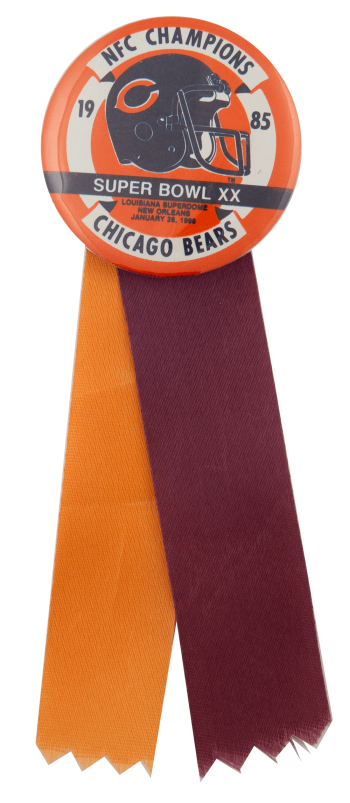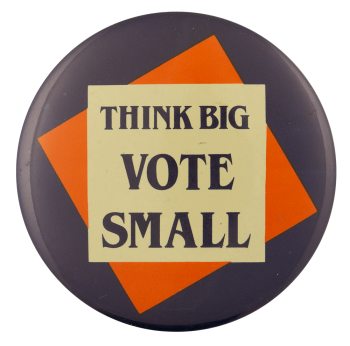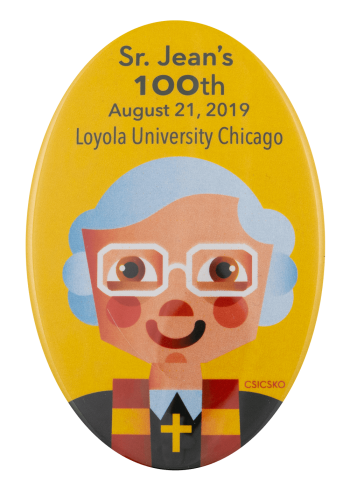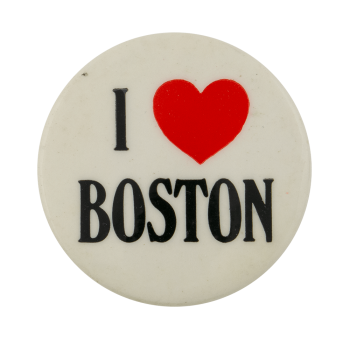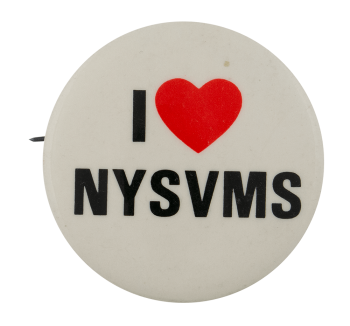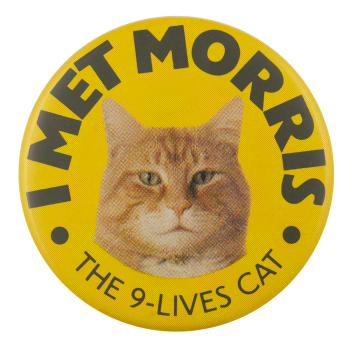| Additional Information |
Morris the Cat, a fifteen-pound orange-striped tabby with dark green eyes and a torn eyelid, entertained cat lovers everywhere as an advertising icon. What was Morris' philosophy on life?: "The cat who doesn't act finicky soon loses control of his owner." However, Morris' real life was not always as luxurious as in the commercials. This cute kitty, previously named Lucky, spent part of his life in the Hinsdale Humane Society Animal Shelter in Lombard, Illinois. One day in 1968, an animal talent scout of the Leo Burnett Advertising Agency named Bob Martwick discovered Morris the Cat in Hinsdale, IL. He had an audition for a role as the 9 Lives spokesman and Morris the Cat became a household name.
Morris the Cat’s most important role is advo-cat for animals in need. With help from the 9 Lives team, Morris the Cat promotes cat adoption and makes it easy for people to give cats a comfortable life with plenty of tasty and nutritious food. Morris the Cat visits countless schools and led large-scale campaigns for the cause, but the work is far from done. Morris the Cat, voiced by John Irwin of Masters of the Universe, is the advertising mascot for 9 Lives brand cat food, appearing on its packaging and in many of its television commercials. A large red tabby tom, he is "the world's most finicky cat", and prefers only 9 Lives brand, making this preference clear by means of humorously sardonic voice-over comments when offered other brands. Every can of 9 Lives features Morris' "signature".
Morris has appeared in other media over the years. He starred in the movie Shamus with Burt Reynolds and Dyan Cannon in 1973. He has "authored" three books about cat care: The Morris Approach, The Morris Method, and The Morris Prescription. Before he was rescued, Morris the cat was 20 minutes away from execution in a suburban Chicago animal shelter. Morris was later assigned round-the-clock guards to protect him from kidnappers. His picture still hangs on the wall of the local pound.
The mantle of Morris the Cat was later taken on by cats similar in appearance to the original after his term came to an end. There have been three different cats who have played the famed "Morris the Cat." The first Morris died in 1978. All three of the "Morris the Cat" animals were rescued from shelters. Morris ran in the 1988 and 1992 presidential elections on the Finicky Party platform, campaigning for cats everywhere to enjoy a standard of nutrition - by eating 9 Lives, of course. The current Morris lives in Los Angeles with his handler, Rose Ordile.
|



